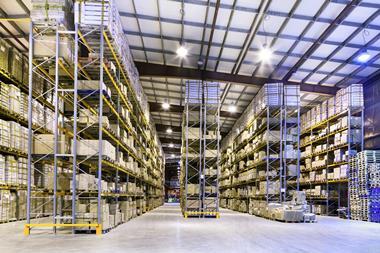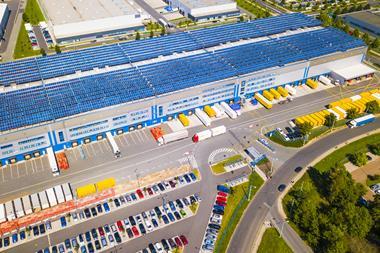Industrial and logistics developers have made impressive progress on sustainability in recent years. Where once they were only too happy to throw up poorly insulated structures at breakneck speed, now careful consideration is given to a building’s energy efficiency and overall environmental performance.

Impressive as this progress has been, the harsh reality is that the vast number of UK warehouses are still constructed from concrete and steel, two of the planet’s most environmentally unfriendly materials.
International Energy Agency data shows production of cement – a key element of concrete – creates 2.3bn tonnes of carbon dioxide (CO2) a year globally, while making iron and steel releases 2.6bn tonnes. Together, they account for just under 14% of global CO2 emissions. The cement industry’s carbon footprint alone is so great that academics estimate if it were a country, it would be the third-largest CO2 emitter, behind China and the US.
Of course, I&L developers have been making strides to source concrete and steel that has lower carbon footprints, but it also raises the question of why the sector continues to build almost exclusively from these two materials, given the alternatives now available.
As our cover feature shows, mass timber is being used successfully in a range of large-scale developments. Timber performs well structurally and meets fire safety standards, and has the lowest embodied carbon of any mainstream building material, according to Structural Timber Association UK. Used wisely, it can accelerate construction and drive down build costs.
As the experts point out, the problem doesn’t lie with mass timber, but with the willingness of developers and investors to try something different. If I&L developers are serious about sustainability, surely the time has come to turn to timber.
Andy Hillier is Property Week’s features editor





























No comments yet